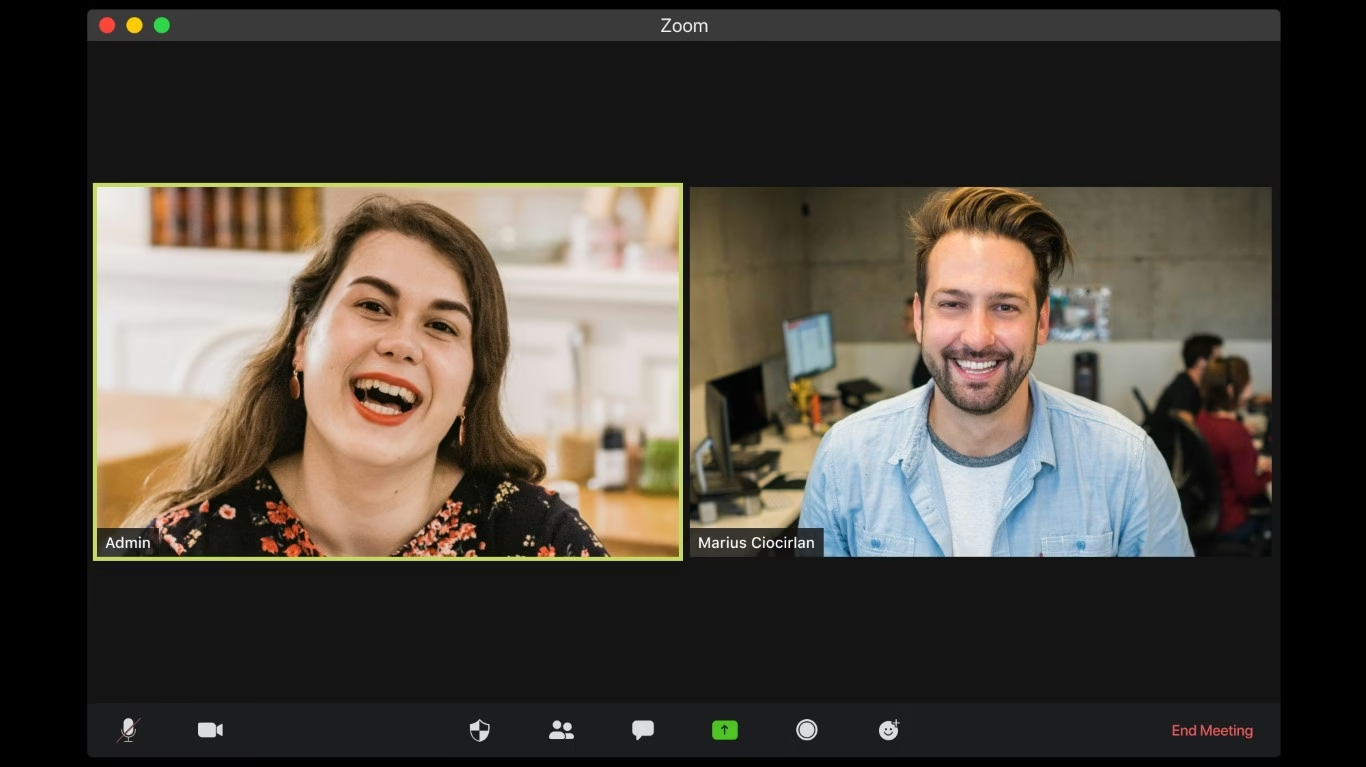Communication in the digital world
After two years since the outbreak of the pandemic, there has been a quick and rapid increase in the use of virtual means of communication.
This has influenced many changes not only in the way of performing business tasks but also in the way of communication.
Today, Zoom or Teams are the most common business phrases we use, but before the pandemic, very few people used such virtual communication platforms on a regular level as we use them today.
Some employers recognised in time that we have to especially focus on the quality of maintaining communication via virtual means, while the rest gave in to this change without adapting their way of communication, which led to many communication obstacles, dissatisfaction, and even damaged business relationships.
We are certainly dealing with the development of a new skill – the skill of a virtual way of communication. As with any skill development, some training and adapting are required. For employers, this means new investments in the development of these skills in their employees, as well as in new technologies.
How changes in the age of COVID have affected employers
Most organisations have wisely decided to transfer activities such as meetings and other business events to virtual platforms. The “new normal” enabled the continuation and sustainability of many business activities.
However, the change in the usual communication channels has created new communication challenges that we now face every day on various virtual platforms, such as Zoom, Teams, Google Meet, and others.
Recent research indicates that this form of communication, if not used effectively, can cause: additional stress, reduce efficiency, undermine self-confidence and cause a feeling of isolation.
There is a greater tendency of the so-called communication suppression – our willingness to participate decreases, so perhaps we speak less or ask fewer questions than we would if we were in the same room during a meeting. It seems harder for us to connect with what is happening, or what is being said. Also, we have to watch out for virtual fatigue, which happens faster and more often than if we were in direct communication without the help of technology.
Thus, we find ourselves faced with new communication challenges in this virtual mode of communication:
-
- maintaining the effectiveness and liveliness of real meetings
- achieving the same level of certainty and persuasiveness
- establishing virtual communication etiquette
- connecting with participants
- adapting formats so as they continue to be effective and engaging
On the other hand, virtual communication offers advantages, such as the ability to connect at any place and at any time, maintain business operation continuity, quickly share documents and materials, quickly resolve business priorities, and the potential to strengthen business relationships.
In what direction will virtual communication go and what will the meetings of the future look like
In this regard, we will certainly not return to the old normal. Virtual communication is, so to speak, “here to stay”, that is, we will not stop communicating virtually. Namely, the pandemic only accelerated the development of the virtual way of communication, it would have inevitably happened even without the pandemic, maybe not as comprehensively, but we were headed in that direction.
Now that we have discovered all the advantages of the virtual way of communication, such as the ability to connect at any place and at any time, quickly share documents and materials, quickly solve business priorities and of course save resources, the virtual way of communication will become or has already become a normal business standard.
We will probably hold more and more business meetings and presentations in some hybrid form. This means that some participants will be physically present while others will join virtually.
The format of business meetings and presentations will need to be monitored and adjusted.
For example:
-
- in order for a virtual meeting or presentation to be effective and engaging, it should not last too long, like physical ones
- it is important that all participants participate with their cameras turned on
- effort should be put into creating a better adapted structure of the meeting or presentation itself
- from now on, an important element of planning will be how to involve the participants as much as possible so that they are not just passive recipients of information but active contributors to the meeting
Tips for employers
-
- if you predominantly communicate with your employees in a virtual way and rarely see each other, be sure to intensify communication with your employees in a way that:
- you organise not only operational, but also development virtual team meetings
- you have one-on-one virtual meetings with each employee more often
- first ask more and listen, and then speak

